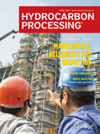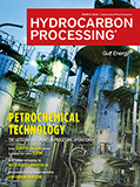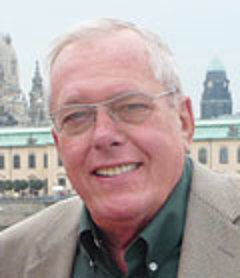Weiland, R. H.
Ralph Weiland is Chairman of Optimized Gas Treating. He formed Optimized Gas Treating more than 25 yr ago, and with Australian colleagues developed the ProTreat mass transfer rate-based gas treating simulator, and later the sulfur plant simulator SulphurPro. He holds BASc and MASc degrees, as well as a PhD, in chemical engineering from the University of Toronto.
Stack gas scrubbing to meet IMO’s 0.5% sulfur bunkering requirement
The International Maritime Organization implemented the IMO 2020 regulations on January 1, 2020.
How sensitive is your treating plant to operating conditions?
A normal expectation in the course of operating an amine treating plant for acid gas removal is that small changes in operating conditions will result in correspondingly small responses in plant performance. However, such expectations are not always well founded. To establish credibility for the process simulator used in the design of a new LNG plant, the mass-transfer rate-based simulation results for the new plant are compared with performance data from an operating LNG plant.
HCN distribution in sour water systems
Hydrogen cyanide (HCN) is commonly present in refinery gases. Because of its low volatility and, to some extent, its acidity, it travels through amine and sour water systems in an unusual and, heretof..
Overcome challenges in treating shale gases
Manipulating process plant parameters helps meet pipeline specifications
What are the benefits from mass transfer rate-based simulation?
Models are highly detailed and predictive
- 1
- ... 1 pages

- India receives fuel oil cargo in Russian SCF tanker after brief halt 4/26
- Biden administration (U.S.) to release SAF tax credit model 4/26
- Boeing, Wagner advance Australia’s SAF Industry 4/26
- S-Oil expects Q2 refining margins to remain steady then trend upward 4/26
- Vitol to charter supertankers from U.S. to Nigeria's Dangote refinery 4/26
- Refiner Valero beats profit estimates on resilient demand, tight supplies 4/26





